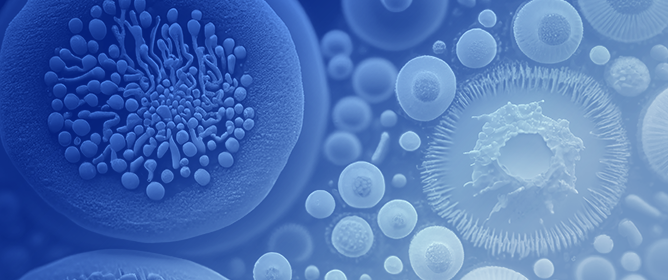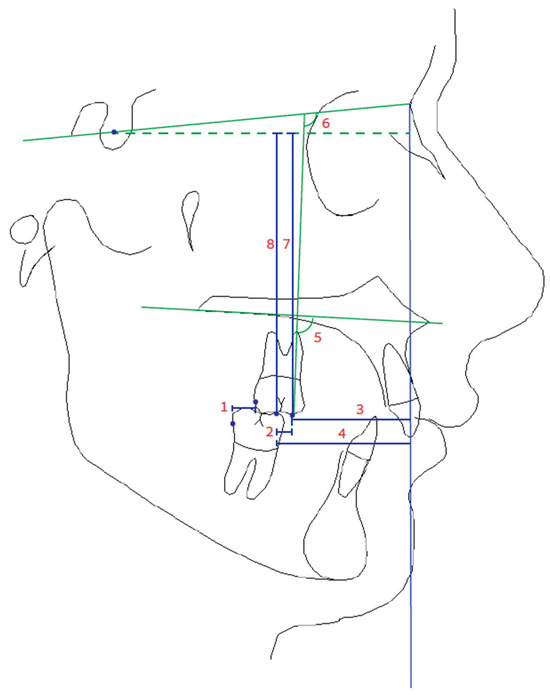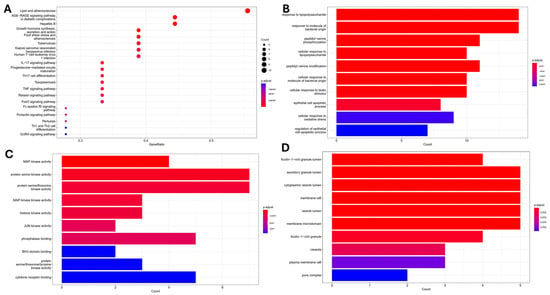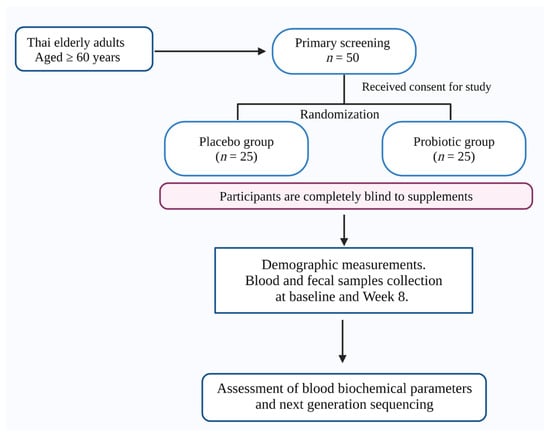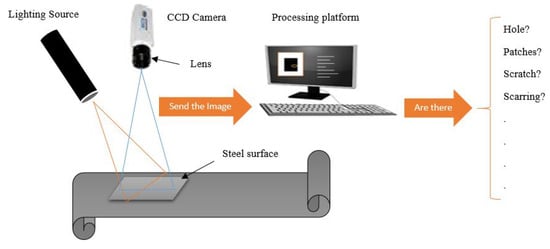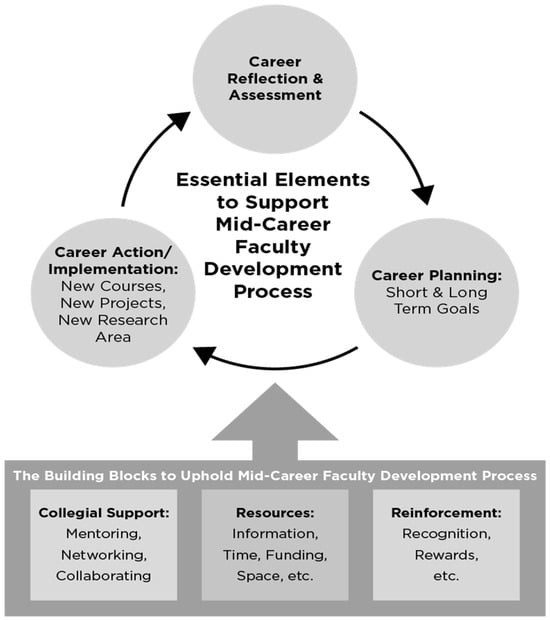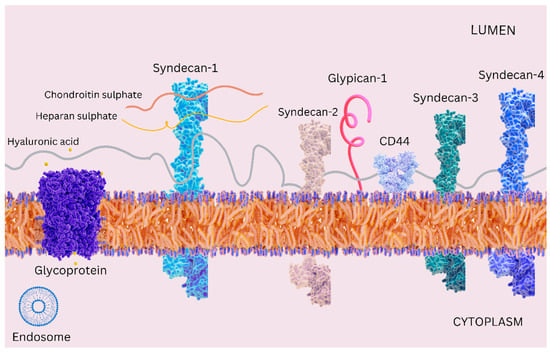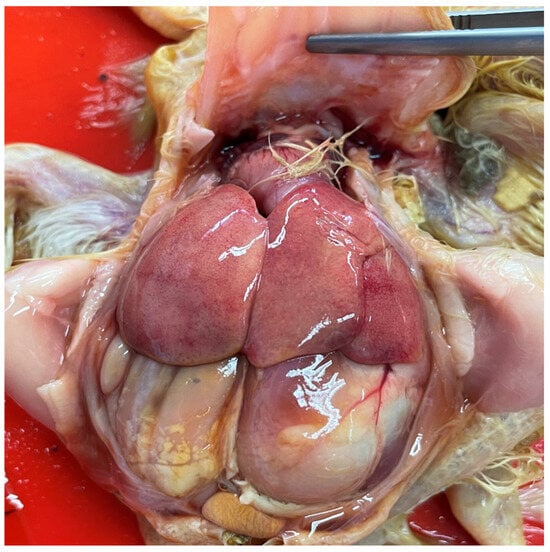Aging is a time-dependent complex biological process of organisms with gradual deterioration of the anatomical and physiological functions. The role of gut microbiota is inevitable in the aging process. Probiotic interventions improve gut homeostasis and support healthy aging by enhancing beneficial species and microbial biodiversity in older adults. The present preliminary clinical trial delves into the impact of an 8-week
Lactobacillus rhamnosus intervention (10 × 10
9 CFU per day) on the glycaemic index, lipid profile, and microbiome of elderly subjects. Body weight, body fat, fasting blood glucose, total cholesterol, triglyceride, high-density lipoprotein, and low-density lipoprotein (LDL) are assessed at baseline (Week 0) and after treatment (Week 8) in placebo and probiotic groups. Gaussian regression analysis highlights a significant improvement in LDL cholesterol in the probiotic group (
p = 0.045). Microbiome analysis reveals numeric changes in taxonomic abundance at various levels. At the phylum level, Proteobacteria increases its relative frequency (RF) from 14.79 ± 5.58 at baseline to 23.46 ± 8.02 at 8 weeks, though statistically insignificant (
p = 0.100). Compared to the placebo group, probiotic supplementations significantly increased the proteobacteria abundance. Genus-level analysis indicates changes in the abundance of several microbes, including
Escherichia-Shigella,
Akkermansia, and
Bacteroides, but only Butyricimonas showed a statistically significant level of reduction in its abundance. Probiotic supplementations significantly altered the
Escherichia-Shigella and
Sutterella abundance compared to the placebo group. At the species level,
Bacteroides vulgatus substantially increases after probiotic treatment (
p = 0.021). Alpha and beta diversity assessments depict subtle shifts in microbial composition. The study has limitations, including a small sample size, short study duration, single-strain probiotic use, and lack of long-term follow-up. Despite these constraints, the study provides valuable preliminary insights into the multifaceted impact of
L. rhamnosus on elderly subjects. Further detailed studies are required to define the beneficial effect of
L. rhamnosus on the health status of elderly subjects.
Full article
 IJMS
IMPACT
IJMS
IMPACT Applied Sciences
IMPACT
Applied Sciences
IMPACT Sustainability
IMPACT
Sustainability
IMPACT Sensors
IMPACT
Sensors
IMPACT JCM
IMPACT
JCM
IMPACT Energies
IMPACT
Energies
IMPACT Molecules
IMPACT
Molecules
IMPACT Materials
IMPACT
Materials
IMPACT Remote Sensing
IMPACT
Remote Sensing
IMPACT Cancers
IMPACT
Cancers
IMPACT Electronics
IMPACT
Electronics
IMPACT Mathematics
IMPACT
Mathematics
IMPACT Foods
IMPACT
Foods
IMPACT Buildings
IMPACT
Buildings
IMPACT Plants
IMPACT
Plants
IMPACT Nutrients
IMPACT
Nutrients
IMPACT Animals
IMPACT
Animals
IMPACT Polymers
IMPACT
Polymers
IMPACT Water
IMPACT
Water
IMPACT Diagnostics
IMPACT
Diagnostics
IMPACT Biomedicines
IMPACT
Biomedicines
IMPACT Agronomy
IMPACT
Agronomy
IMPACT Microorganisms
IMPACT
Microorganisms
IMPACT Processes
IMPACT
Processes
IMPACT Healthcare
IMPACT
Healthcare
IMPACT Forests
IMPACT
Forests
IMPACT Cells
IMPACT
Cells
IMPACT JMSE
IMPACT
JMSE
IMPACT Medicina
IMPACT
Medicina
IMPACT Viruses
IMPACT
Viruses
IMPACT Agriculture
IMPACT
Agriculture
IMPACT Nanomaterials
IMPACT
Nanomaterials
IMPACT IJERPH
IJERPH
 Land
IMPACT
Land
IMPACT Pharmaceutics
IMPACT
Pharmaceutics
IMPACT Pharmaceuticals
IMPACT
Pharmaceuticals
IMPACT Religions
IMPACT
Religions
IMPACT Biomolecules
IMPACT
Biomolecules
IMPACT Life
IMPACT
Life
IMPACT Micromachines
IMPACT
Micromachines
IMPACT Atmosphere
IMPACT
Atmosphere
IMPACT Antioxidants
IMPACT
Antioxidants
IMPACT Genes
IMPACT
Genes
IMPACT Metals
IMPACT
Metals
IMPACT Symmetry
IMPACT
Symmetry
IMPACT Children
IMPACT
Children
IMPACT Coatings
IMPACT
Coatings
IMPACT Vaccines
IMPACT
Vaccines
IMPACT Horticulturae
IMPACT
Horticulturae
IMPACT Education Sciences
IMPACT
Education Sciences
IMPACT Minerals
IMPACT
Minerals
IMPACT Brain Sciences
IMPACT
Brain Sciences
IMPACT JPM
IMPACT
JPM
IMPACT Bioengineering
IMPACT
Bioengineering
IMPACT


